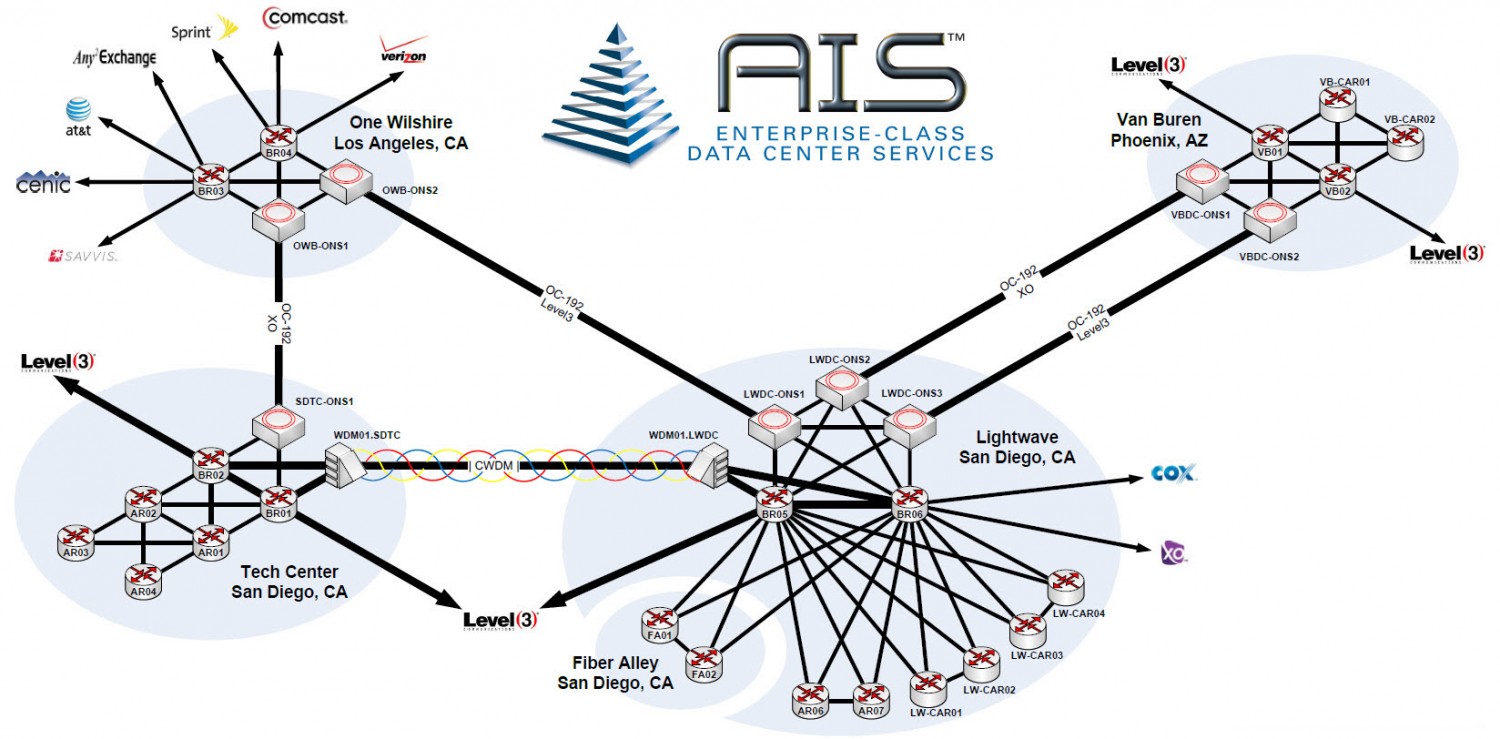 Streaming media content (audio/music, video/movies, etc.) is a pretty familiar activity these days thanks to the explosion of broadband connections (cable modem and DSL).
Streaming media content (audio/music, video/movies, etc.) is a pretty familiar activity these days thanks to the explosion of broadband connections (cable modem and DSL).
Companies like Netflix, Amazon, and Pandora serve up content in a way that appears like a continuous connection — but behind the scenes, a lot is going on in order to make that happen.
In nutshell, streaming media content needs to travel quickly and reliably from content servers to end-users via some sort of network connection. In general, these networks can be grouped into either Subscriber Networks or Backbone Networks:
- Subscriber Networks consist of DSL, cable, and wireless services that people use to connect to the Internet.
- Backbone Networks are the ones that provide connection to other networks — including subscriber networks — in the US and overseas.
One of the things that makes AIS unique among data center service providers is that we peer directly with several subscriber networks, including AT&T, Comcast, Cox, Sprint, and Verizon.
Such direct connectivity provides a very short and extremely reliable network path between media content residing on physical or virtual servers in AIS data centers and end users.
 [ Additionally, AIS uses performance routing equipment to further optimize traffic between the servers and the users. And lastly, AIS has complete network redundancy with no single point of failure — even between our facilities in Los Angeles and Phoenix. ]
[ Additionally, AIS uses performance routing equipment to further optimize traffic between the servers and the users. And lastly, AIS has complete network redundancy with no single point of failure — even between our facilities in Los Angeles and Phoenix. ]
The end product is an extremely reliable, high-performance network service.
On the other hand, for competing data centers that have few upstream connections, such media content would need to traverse one or more backbone networks to get to an end user. Those extra network hops not only increase the distance that the content must travel, but often introduce inconsistent throughput and increased unreliability due to additional potential points of failure.
About the Author
Steve Wallace, CTO, is a seasoned technologist with 25 years of hands-on experience in data security, network operations, and telecommunications. He has provided senior technical leadership for early-stage companies in the ISP, managed hosting, and data center services industries. He has also held both military and civilian positions in communications, network operations, and data security.
At AIS Mr. Wallace is responsible for managing and growing the engineering team and AIS’ high availability service infrastructure. He has been instrumental in the development of the virtual private data center / IaaS cloud services product lines and owns the AIS strategic services roadmap.











